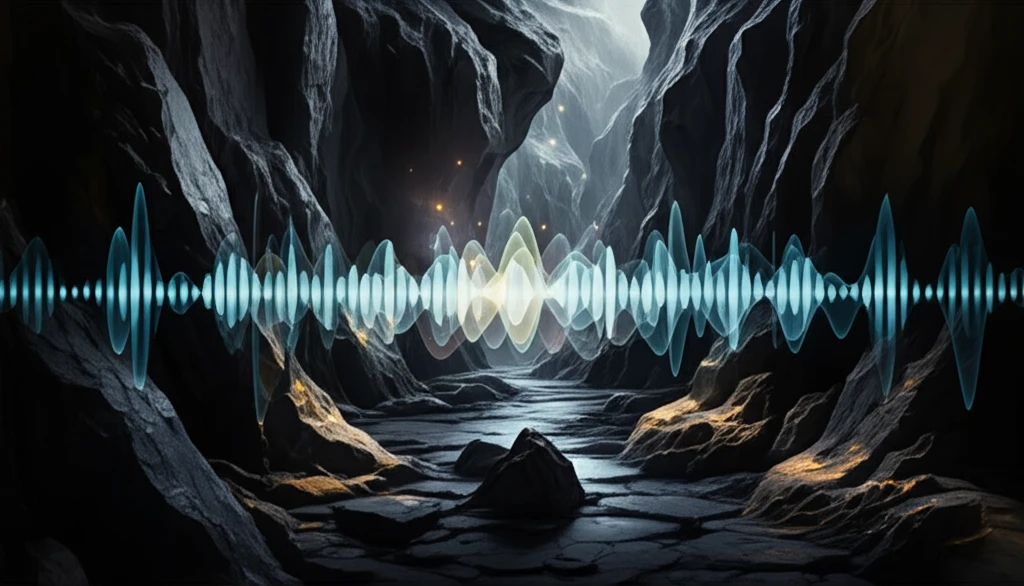
Unlocking Earth's Secrets: How New Tech Hears What's Happening Deep Below
"Dive into the world of subsurface sensing and discover how the latest advancements in poroelastic media modeling are revolutionizing our ability to understand what lies beneath our feet."
Imagine having the ability to listen to the Earth's whispers, understanding the hidden conversations happening deep beneath the surface. Subsurface sensing, the art and science of probing what lies below, is crucial for everything from resource discovery to predicting geological hazards. But until recently, our 'ears' haven't been as sharp as they could be.
Porous materials—think of sandstone, soil, and other common geological formations—are everywhere beneath our feet. These materials are complex mixes of solid grains and fluids, and understanding how sound waves travel through them is key to accurate subsurface sensing. The challenge? Accurately modeling how these waves are affected by the intricate properties of these materials.
Traditional models often fall short because they don't fully account for all the factors that dampen or distort these underground 'sounds.' Now, a groundbreaking study is changing the game. Researchers are incorporating a complete attenuation model, including stiffness and viscodynamic dissipation, to simulate seismic wave behavior with unprecedented realism.
What's Attenuation and Why Does It Matter for Subsurface Sensing?

Attenuation refers to the loss of energy as a wave travels through a medium. Imagine shouting in an empty room versus shouting into a thick curtain – the sound is far more dampened in the latter. In subsurface sensing, several factors cause attenuation:
- Viscoelastic Properties: The solid grains and pore fluids themselves have inherent damping characteristics.
- Viscodynamic Coupling: The movement of pore fluids relative to the solid frame causes friction and energy loss. Think of it like water sloshing through a sponge.
- Viscoelastic Dissipation of the Solid Frame: The solid skeleton of the porous material isn't perfectly rigid; it flexes and dissipates energy as waves pass through.
The Future of Hearing Earth's Secrets
This new approach to modeling attenuation in poroelastic media isn't just an academic exercise; it has profound practical implications. More accurate subsurface sensing can lead to more efficient resource exploration, better prediction of seismic events, and improved understanding of our planet's hidden structures. As the researchers themselves note, this complete attenuation model is a crucial step forward in bridging the gap between theoretical models and real-world applications.
